In the world of bladesmithing, few materials evoke the same sense of mystery and allure as Damascus steel knife. With its intricate patterns and legendary durability, Damascus Steel has captured the imagination of craftsmen and enthusiasts for centuries. But what lies behind the mystique of this ancient art form? Join us as we embark on a journey to unravel the secrets of Damascus Steels.
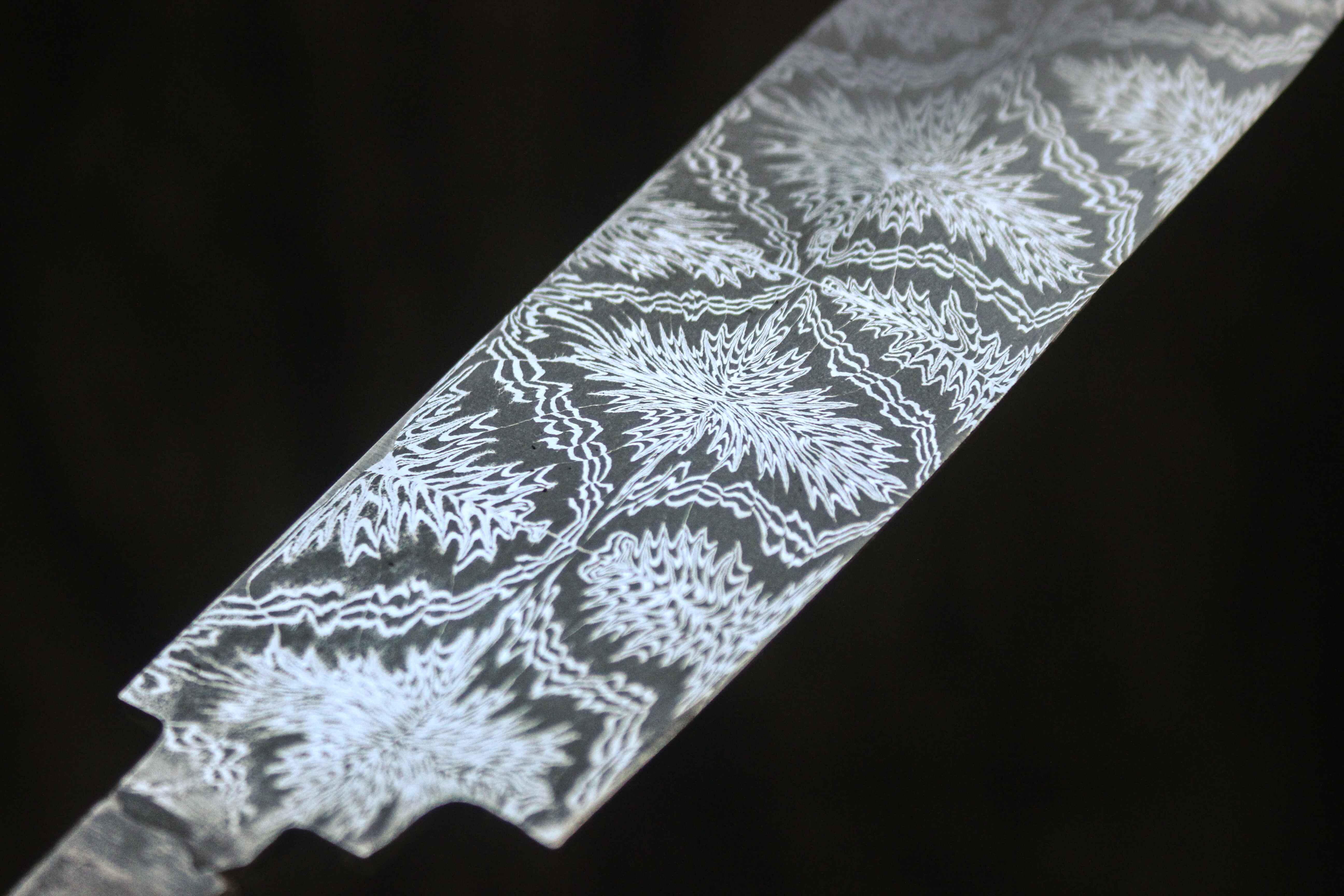

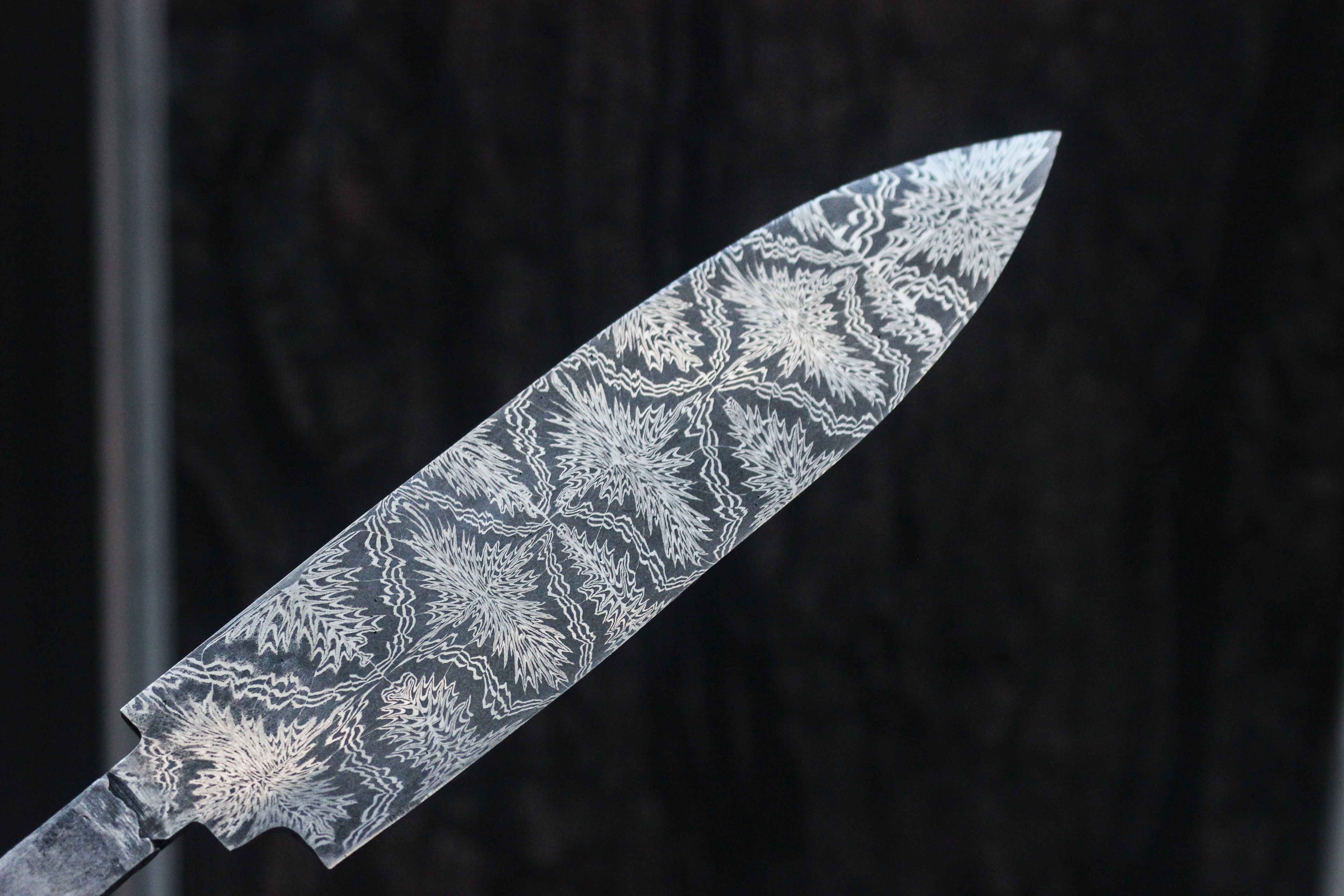
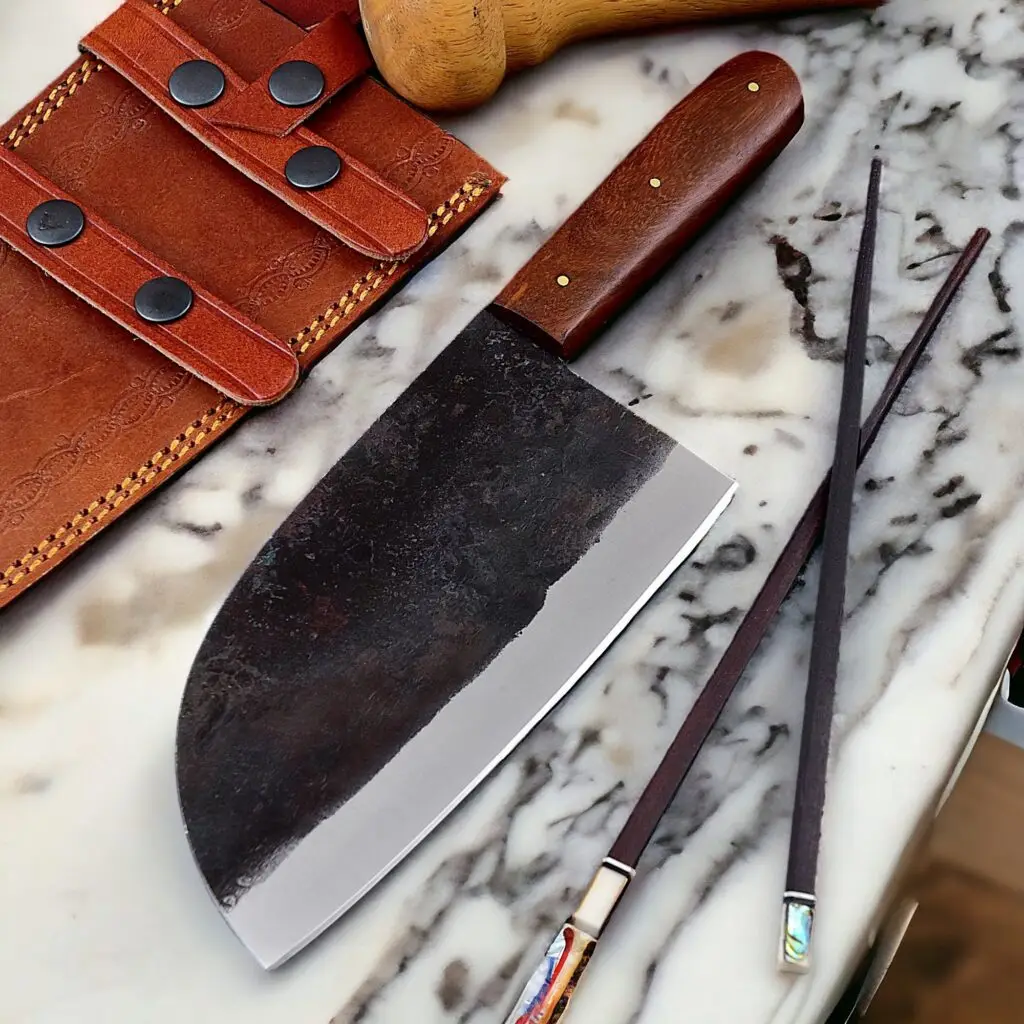
The Origins of Damascus Steel
The genesis of Damascus Steels is a tale woven into the fabric of ancient civilizations, its origins veiled in the mists of time yet leaving an indelible mark on history. Emerging from the crucible of innovation in regions spanning from the fertile plains of India to the ancient kingdoms of Persia and Syria, Damascus Steel bore witness to the deft hands of skilled artisans who meticulously forged blades of unparalleled quality and beauty. References to Damascus steel echo through the corridors of antiquity, with Persian texts dating back to the 3rd century AD extolling its virtues – heralding swords of unmatched sharpness and incomparable strength. These early chronicles, coupled with the discovery of archaeological artifacts, serve as testaments to the enduring legacy of Damascus steels, affirming its place as a symbol of ingenuity and metallurgical mastery in the annals of human history.
The Artistry of the Forge
1. Craftsmanship Beyond Compare:
At the core of Damascus Steel’s allure lies the ancient artistry of the forge. Unlike contemporary steelmaking methodologies that lean heavily on precise temperature controls and chemical compositions, traditional Damascus steel was birthed through a process steeped in handcrafted precision.
2. Pattern Welding: An Ancient Technique Unveiled:
Pattern welding, the cornerstone of Damascus steels creation, transcends mere metallurgy—it’s an intricate dance between fire, hammer, and an artisan’s skilled hands. This age-old technique intertwines multiple layers of iron and steel, each painstakingly folded and forged to create a symphony of swirling waves and mesmerizing lines.
3. The Dance of Fire and Hammer: Picture the scene:
A blacksmith, bathed in the glow of the forge, rhythmically striking the metal, each blow imbuing the blade with strength and character. This ritualistic forging process not only shapes the physical form of the blade but also infuses it with a soul—a testament to the dedication and artistry of the craftsmen who wield the hammer.
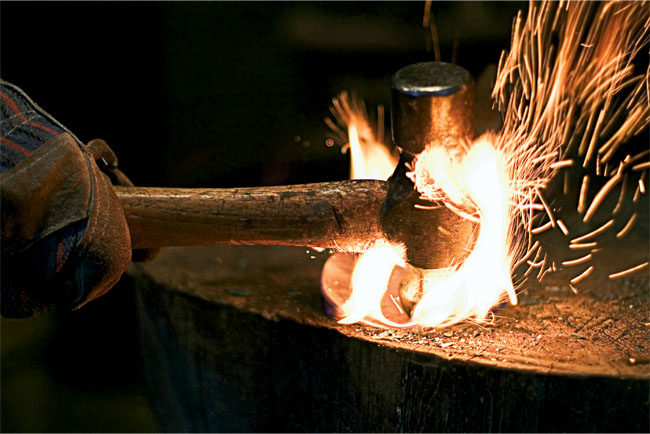
4. The Birth of Beauty and Strength:
Through the fusion of fire and steel, a masterpiece emerges. The distinctive patterns that adorn Damascus steel blades aren’t just superficial; they are a testament to the craftsmanship and expertise of the smiths who crafted them. Each fold, each hammer blow, contributes to a blade that is not only visually stunning but also possesses a strength and resilience unmatched by its contemporaries.
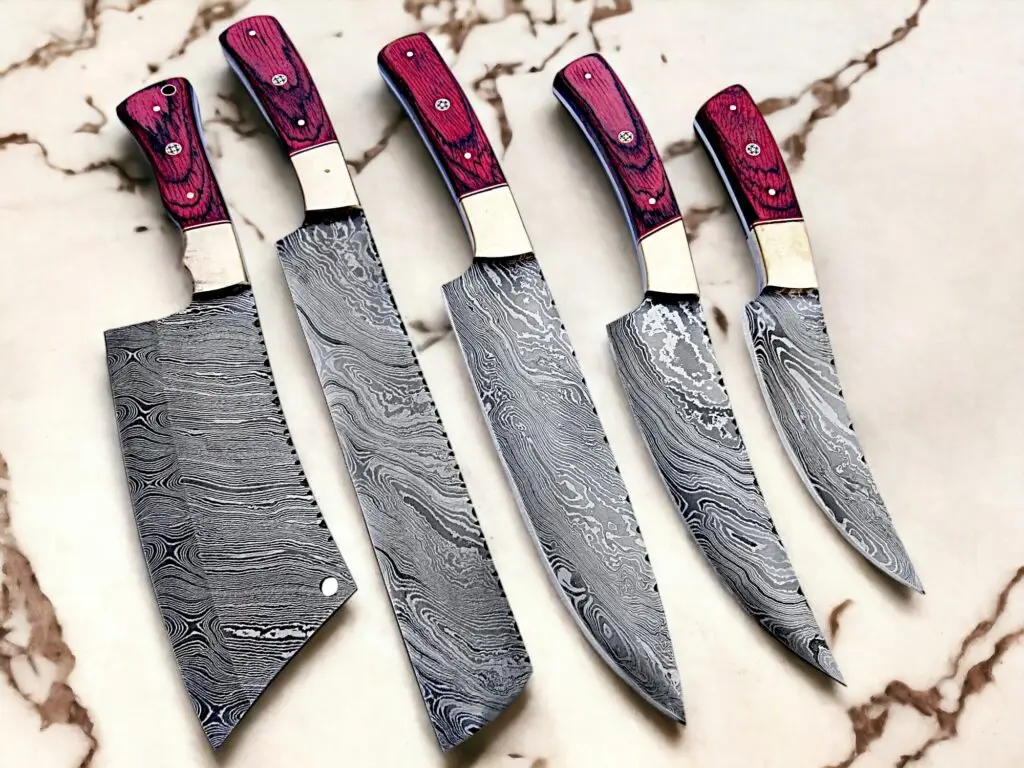
5. Timeless Tradition, A Modern Marvel:
While the techniques of yore may have faded into obscurity, the legacy of Damascus Steel knife lives on. Modern bladesmiths, inspired by the craftsmanship of their predecessors, continue to explore and innovate, paying homage to the ancient artistry that birthed Damascus steel while pushing the boundaries of what’s possible in the realm of metallurgy. In the world of bladesmithing, Damascus steel stands as a testament to the enduring power of tradition and the timeless beauty of handcrafted artistry.
The Secrets of Pattern Welding of Damascus Steel Knives
1. Beyond Mere Aesthetics:
Damascus Steel’s allure extends far beyond its mesmerizing patterns. At its core lies a mastery of a metallurgical technique known as pattern welding, where the true magic of this legendary material comes to life.
2. Forging Strength Through Precision:
Through the ancient art of pattern welding, craftsmen achieved a symphony of strength and flexibility in Damascus steel. By meticulously folding and forging the metal, they ensured the uniform distribution of impurities and carbon throughout the blade, resulting in a material that could withstand the rigors of battle while retaining its razor-sharp edge—a feat unmatched by contemporary counterparts.
The Legacy of Damascus Steel Knife
Though the techniques for crafting traditional Damascus steel have dissolved into the fog of history, the enduring legacy of this ancient art form continues to captivate the imagination. In modern times, bladesmiths and metallurgists are embarking on a quest to resurrect the mystical allure of Damascus steel, employing contemporary materials and innovative methodologies to recreate its magic. Through their unwavering dedication, they pay homage to the craftsmanship of their storied predecessors, striving to emulate the masterful works of ancient artisans. Despite these strides, the mystique of Damascus steel remains as potent as ever, serving as a poignant testament to the ingenuity and artistry of bygone eras. It stands as a bridge between past and present, a tangible reminder of the enduring impact of human creativity and skill.